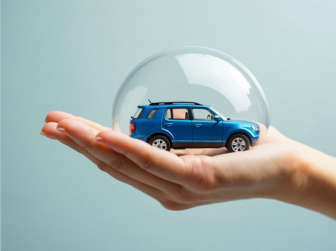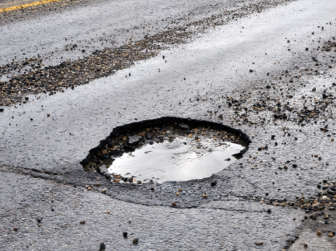Placing the Baby on Board sign in your back window is a rite of passage for many new parents. It announces to the world that you have a tiny human in your care and many people believe it’s a message to other drivers and emergency services.
Although the Baby on Board sign serves a serious purpose for most parents, there is no Baby on Board sign law and it’s not considered an “official” sign. The main idea behind using these signs is that other people will drive more safely around them when they see the sign.
Another popular urban legend is that the signs are used to inform emergency services that there’s a child in the car. In other words, if the vehicle is involved in an accident and the parent or driver is knocked unconscious, when the emergency services see they sign they will know to look for a child either in the back seat or nearby. However, this has not been confirmed by emergency services or any other official organisation in South Africa. In fact, parents often have this sign on their car whether their child is travelling with them or not, so it would be misleading to emergency services if they were to use it as an indication that a minor child was involved in the accident.
The sign was first created and marketed by Michael Lerner in 1984 after he drove his 18-month-old nephew home for the first time. He said the drive was a harrowing experience because other drivers were so careless on the road when he was acutely aware of the precious cargo on board. He partnered with another couple to promote and market the signs, which eventually grew into a multi-million-dollar company which he sold in 2000.
Nowadays, there are many different Baby on Board signs – many of them quite amusing, showing allegiance to particular sports teams, or gender-specific variations, etc. It’s common to even see Pup on Board signs, too. Whatever variation you choose, remember that driver safety is always a top priority. Be sure that the sign does not obscure your vision and that you have a clear view of the road.
Don’t choose a sign that’s too big.
Place the sign in a spot that does not obscure your vision.
Make sure your child is buckled up. Choose the right car chair for your child’s size and age.
Remain focussed on the road at all times.
Pros and cons of diesel cars
Meet SA’s Car of the Year: The BMW 7 Series


